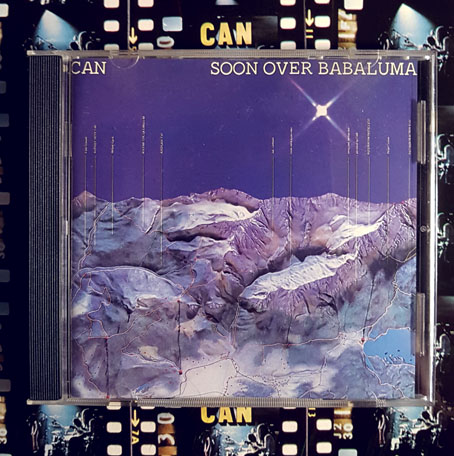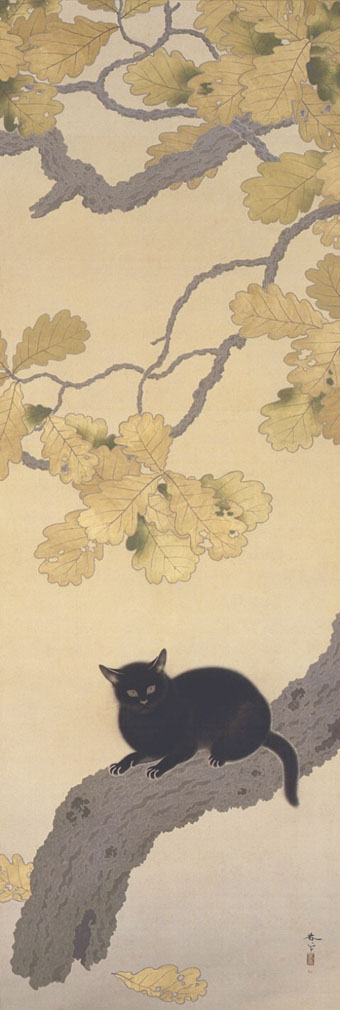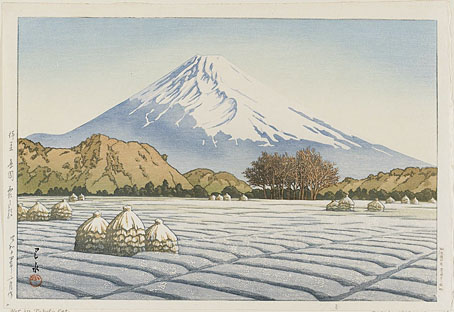Bookplate of Charles P. Searle (1904) by Sidney Lawton Smith.
• “If Minute 9 is the first time we hear the names Deckard and Blade Runner, it’s also the first time we meet the plainclothes cop who will play a key role in LAPD surveillance of Deckard—and in the changed emphasis of four subsequent versions of Blade Runner released over the next twenty-five years.” Des Barry in the latest Minute 9 installment at 3:AM Magazine, in which a writer analyses the ninth minute of a favourite film.
• “I’ve really started to respect the journalists who are documenting what artists are doing… There’s so much reliance on social media for artists to express themselves, but maybe some don’t want to express themselves on social media all the time. Maybe they’d rather talk to a professional journalist who could parse through it for them. It can be more interesting that way.” Julia Holter talking to Skye Butchard about music-making.
• “I didn’t use any instruments that had been manufactured after 1980, but vintage analogue gear to sound like the tracks that they’re trying to evoke.” Matt Berry discussing his enthusiasm for library music, and his new album of the same for the KPM label.
• Mixes of the week: Monument Waves 002 at A Strangely Isolated Place, and DreamScenes – March 2024 at Ambientblog.
• At Public Domain Review: The Art of Sutherland Macdonald, Victorian England’s “Michelangelo of Tattooing” (ca. 1905).
• At Colossal: Unearthly characters populate Spencer Hansen’s salvaged universe.
• At Bandcamp: A Guide to Can by George Grella.
• Galerie Dennis Cooper presents…Amir Zaki.
• New music: Shoures Soote by Cerfilic.
• Queens Of The Circulating Library (2000) by Coil | Library Of Solomon Book 1 (2011) by Demdike Stare | The Equestrian Library (2013) by Broadcast





